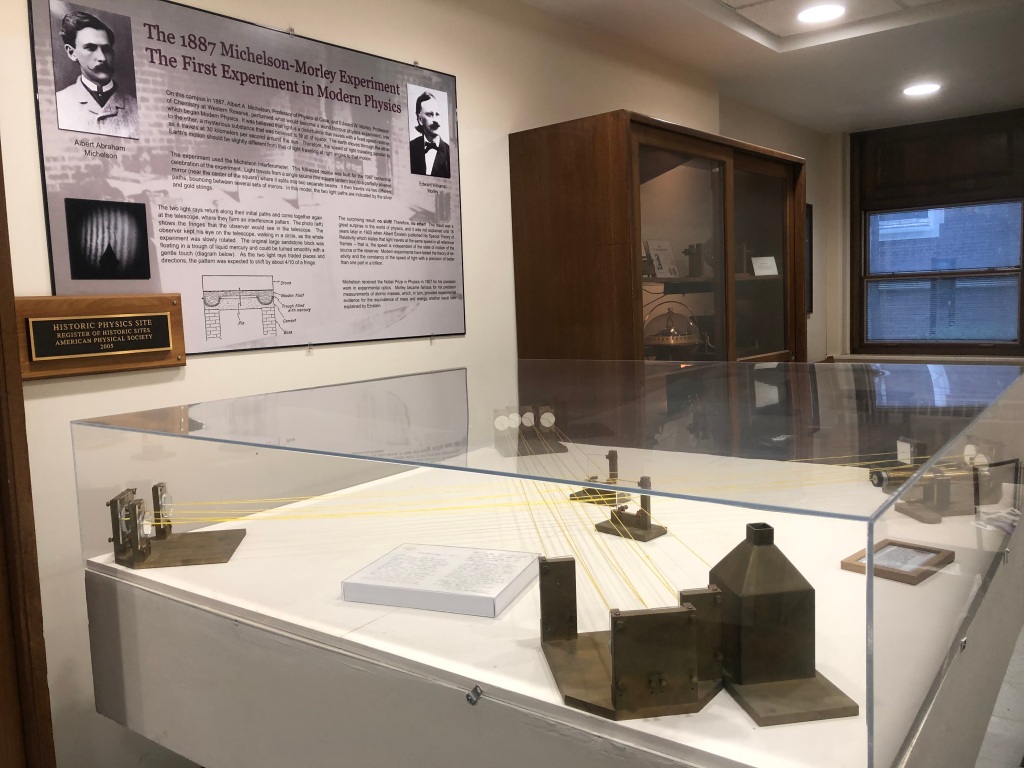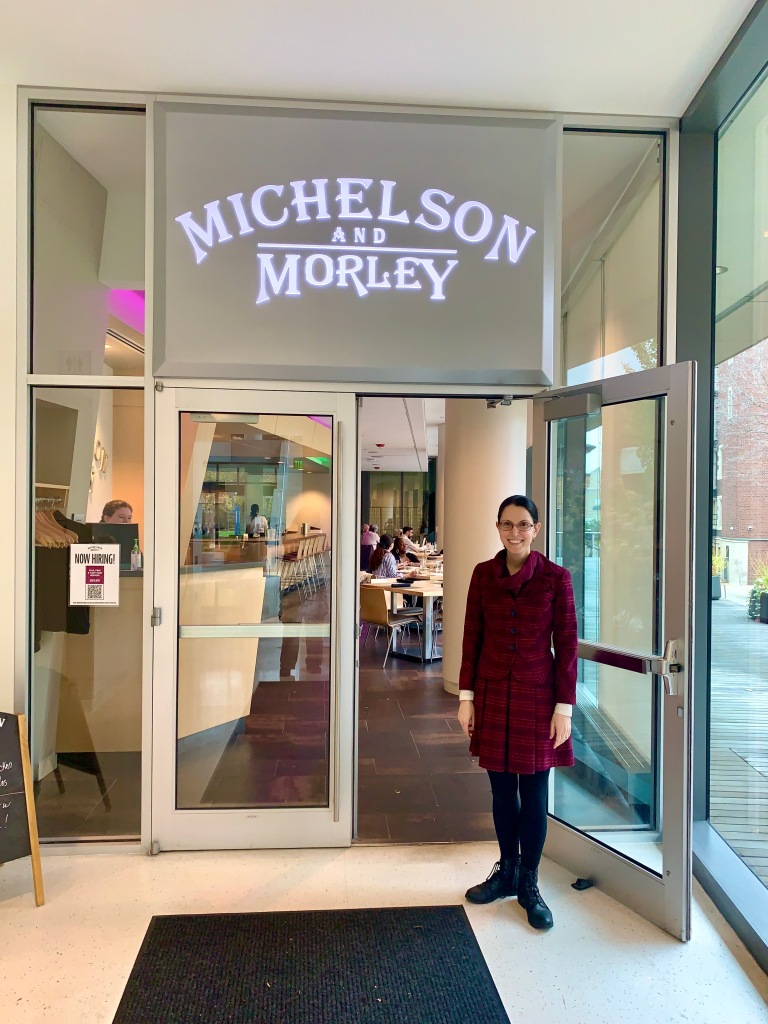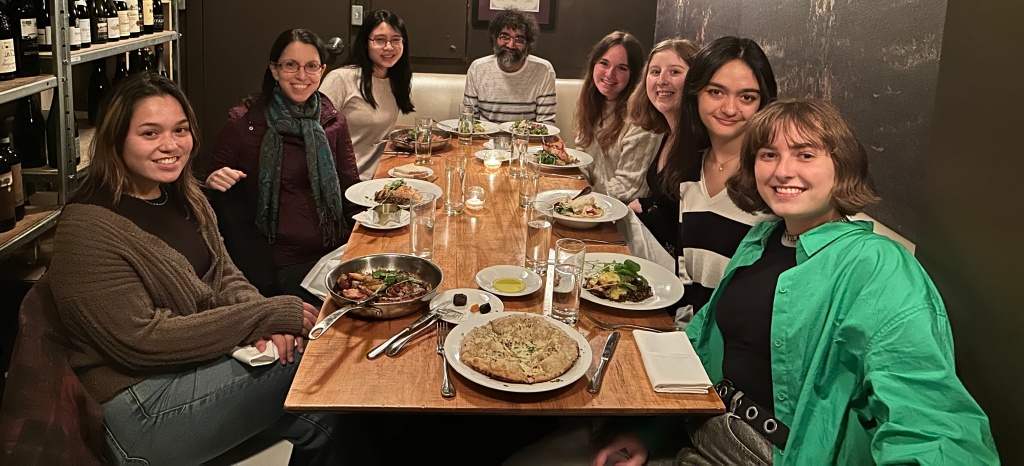As the weather turns colder and we trade outdoor pools for pumpkin spice and then Christmas carols, perhaps you’re longing for summer’s warmth. For me, it is not just warmth I yearn for: This past summer, I worked as a physics intern at Northrop Grumman. With the internship came invaluable lessons and long-lasting friendships formed in a unique environment that leverages quantum computing in industry.
More on that in a bit. First, allow me to introduce myself. My name is Jade LeSchack, and I am an undergraduate physics major at the University of Maryland, College Park. I interact with Dr. Nicole Yunger Halpern’s group and founded the Undergraduate Quantum Association at UMD, a student organization for those interested in quantum science and technology.

Back to Northrop Grumman. Northrop Grumman’s work as a defense contractor has led them to join the global effort to harness the power of quantum computing through their transformational-computing department, which is where I worked. Northrop Grumman is approaching quantum computing via proprietary superconducting technology. Superconductors are special types of conductors that can carry electric current with zero resistance when cooled to very low temperatures. We’re talking one hundred times colder than outer space. Superconducting electronics are brought to almost-absolute-zero temperatures using a dilution refrigerator, a machine that, frankly, looks closer to a golden chandelier than an appliance for storing your perishables.
I directly worked with these golden chandeliers for one week during my internship. This week entailed shadowing staff physicists and was my favorite week of the internship. I shadowed Dr. Amber McCreary as she ran experiments with the dilution fridges and collected data. Amber explained all the steps of her experiments and answered my numerous questions.
Working in the transformational-computing unit, I had physicists from a variety of backgrounds at my disposal. These physicists hailed from across the country — with quite a few from my university — and were welcoming and willing to show me the ropes. The structure of the transformational-computing department was unlike what I have seen with academia since the department is product-oriented. Some staff manned a dilution fridge, while others managed products stemming from the superconductor research.
Outside this week in the lab, I worked on my chosen, six-week-long project: restructuring part of the transformational-computing codebase. Many transformational-computing experiments require curve fitting which is finding the curve of best fit through a set of data points. Pre-written algorithms can perform curve-fitting for certain equations such as polynomial equations, but it is harder for more-complicated equations. I worked with a fellow intern named Thomas, and our job was to tackle these more-complicated equations. Although I never saw the dilution fridges again, I gained many programming skills and improved programs for the transformation-computing department.
The internship was not all work and no play. The memories I made and connections I forged will last much longer than the ten weeks in which they were founded. Besides the general laughs, there were three happy surprises I’d like to share. The first was lunch-time ultimate frisbee. I play ultimate frisbee on the University of Maryland women’s club team, and when my manager mentioned there was a group at Northrop Grumman who played during the week, I jumped on the chance to join.
The second happy surprise involved a frozen treat. On a particularly long day of work, my peers and I scoured a storage closet in the office on an office-supplies raid. What we found instead of supplies was an ice-cream churner. Since the COVID lock-down, a hobby of mine that I have avidly practiced has been ice-cream making. A rediscovered ice-cream churner plus an experienced ice-cream maker brought three ice-cream days for the office. Naturally, they were huge successes!
And last, I won an Emmy.
Well, not quite.
I was shocked when, after a team lunch, my manager turned to the intern team and nonchalantly said, “Let’s go see if the Emmy is available.” I was perplexed but intrigued, and my manager explained that Northrop Grumman had won an Emmy for science in advancing cinematic technology. And it turned out that the Emmy was available for photographs! We were all excited; this was probably the only time we would hold a coveted cinema award reserved for the red carpet.
Not only did I contribute to Northrop Grumman’s quantum efforts, but I also played ultimate frisbee and held an Emmy. Interning at Northrop Grumman was a wonderful opportunity that has left me with new quantum knowledge and fond memories.









